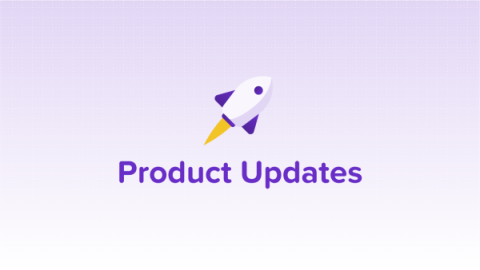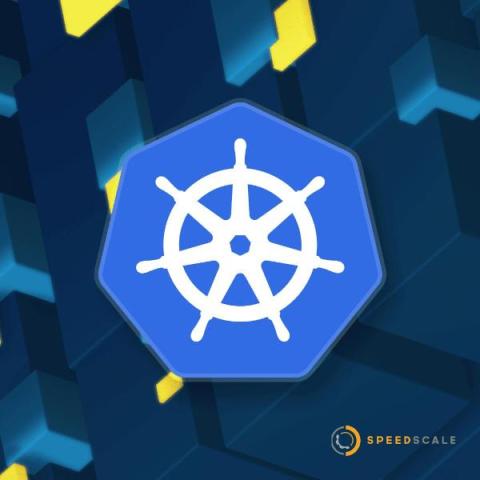Tricentis NeoLoad 2024.3: Elevating legacy performance testing with remote terminal emulation (RTE)
We are thrilled to announce the release of Tricentis NeoLoad 2024.3, the latest update to our industry-leading performance testing platform. This release brings with it significant advancements, most notably support for Remote Terminal Emulation (RTE) — allowing organizations to performance test legacy systems.










